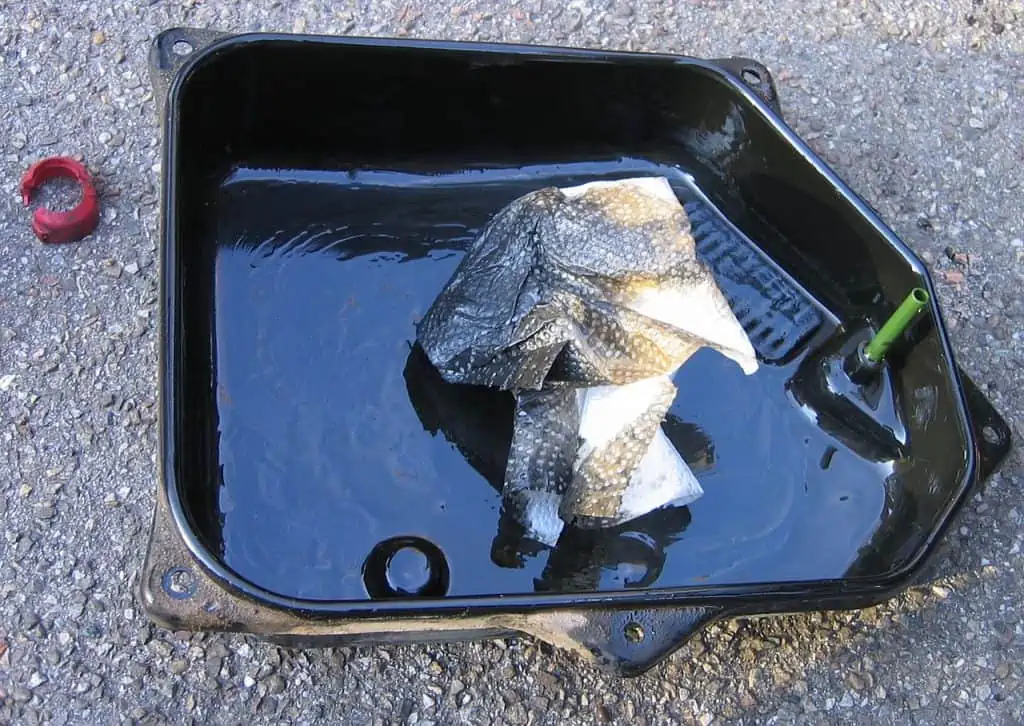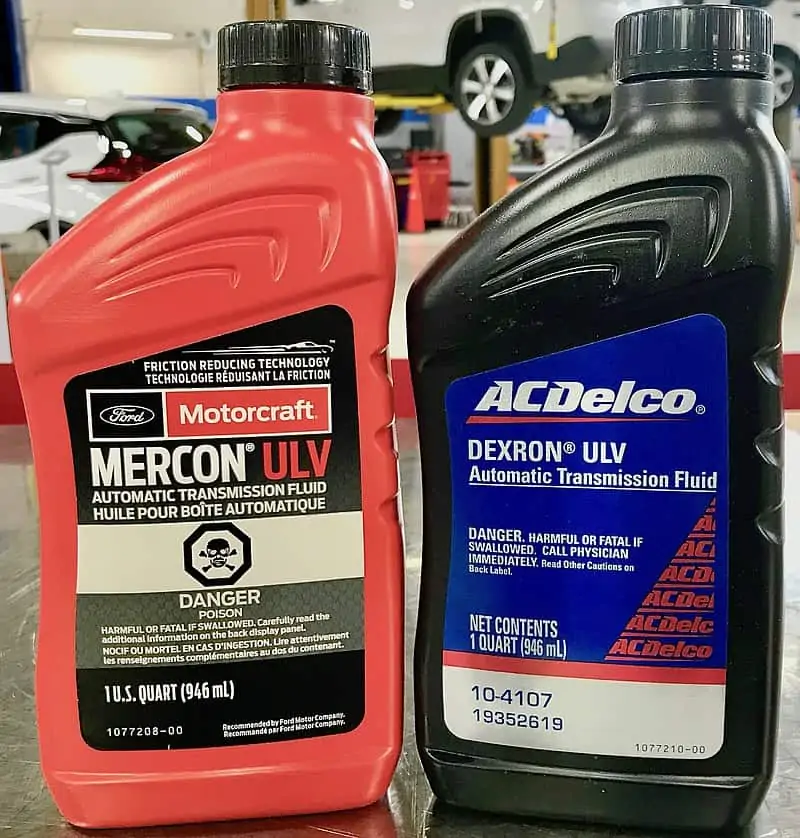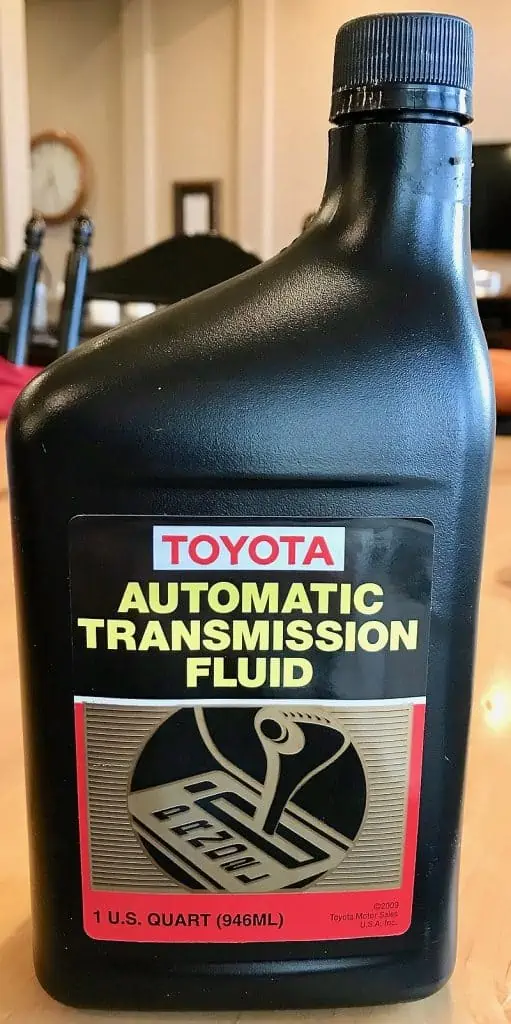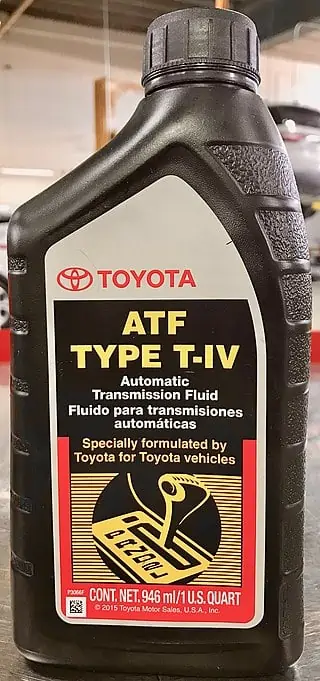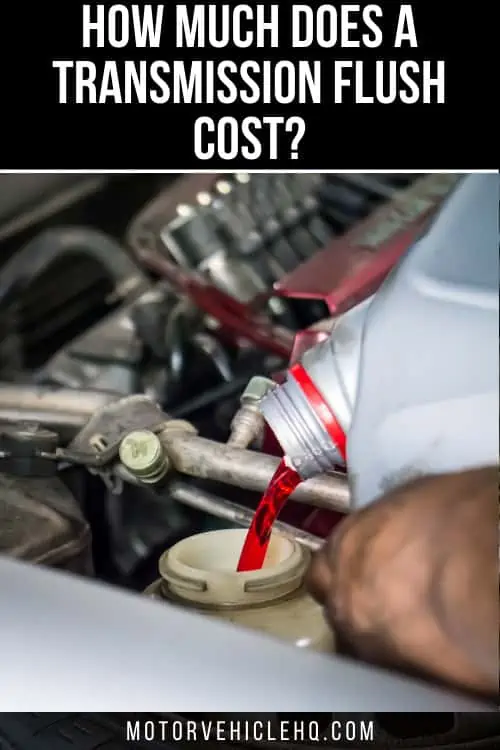A transmission flush, like all other fluids in your automobile, requires regular maintenance to ensure that it functions as smoothly as possible. However, how much does a transmission flush cost?
The actual cost may vary depending on where you go and how much fluid you need, but there is a general pricing range that you can use to get an idea of what to anticipate.
The transmission is something we don’t typically think about when it comes to car maintenance in general. It operates non-stop while you’re driving, distributing, and switching gears at a single glance.
However, we often overlook the fact that it, too, is subjected to the same, if not greater, levels of stress as the rest of your vehicle. You may be mercifully considering how much a transmission flush would cost while your gearbox begs for a rest.
And besides, transmission fluid is a critical component of your vehicle’s performance. It’s just as crucial as the fuel that powers your automobile or the engine oil that lubricates it.
In a nutshell, transmission oil ensures that your car’s worn-out old gearbox can shift gears without causing excessive friction or heat. That bottle of fluid is essential for extending the transmission’s lifespan and ensuring your vehicle’s performance.
In general, you may expect to pay anything from $100 to $400. This is a large range, and most drivers’ averages fall somewhere around the middle, about $200 or so. Before committing to anything, you should probably shop around and conduct some research.
What is a Transmission Flush?
A transmission flush is a maintenance procedure that involves draining all of the oil from a gearbox, running new oil, and occasionally cleaning chemicals through it using a specific machine to remove filth and sludge, and then refilling it with new oil. The procedure is utilized to remove dirt and sludge, as well as to replace all spent oil with new, clean quarts.
Oil pan of an automatic transmission with sedimented wear by Hans Haase / CC BY-SA 4.0
As long as it’s part of your regular maintenance, a transmission flush is a beneficial service for your automobile. A transmission flush replaces all of the old fluid, whereas a fluid replacement merely replaces a portion of it.
It also eliminates pollutants from the cooler passages and torque converter, ensuring that no buildup interferes with your transmission’s operation.
The advantages of a flush are obvious: all of the old, unclean fluid is replaced with new, high-quality fluid. Additionally, as seen in the illustration, new transmission fluid is preferred over old transmission fluid.
Your transmission should operate cooler and be more protected against clutch, gear, and bearing wear. Because the new fluid will have the required frictional qualities, it should shift consistently and crisply. In reality, worn fluid can cause a gearbox to shift hard, hesitate, or jerk.
How Much Does it Cost to Flush a Transmission?
The cost of a transmission flush should not be prohibitively expensive. However, the cost of a transmission flush varies based on a variety of factors.
The brand and model, the repair shop, where you reside, and optional services like cleaning the pan or replacing the filter are all variables that might affect the price.
Expect to pay anything from $75 to $380 for a transmission service. However, the average motorist will spend between $150 and $200.
This is assuming, of course, that the vehicle is not a high-end luxury vehicle and that it is not maintained in a high-cost-of-living location.
If you consider paying no more than $200 for the whole service unless you meet those two criteria. The cost of a transmission flush varies from $90 to $380 at oil-and-lube or auto mechanic facilities, with an average of $200.
The following are some of the variables that influence the price:
- The equipment used to flush
- The volume of liquid consumed
- The fluid used in transmission
- The location and kind of store (e.g., car repair shop, oil-and-lube, dealership)
- The car/transmission make and the model (luxurious vehicles cost more).
When looking for a transmission flush price, make sure the service covers the removal of the pan and the replacement of the filter. This comes at an additional expense, but it is strongly recommended for optimal performance.
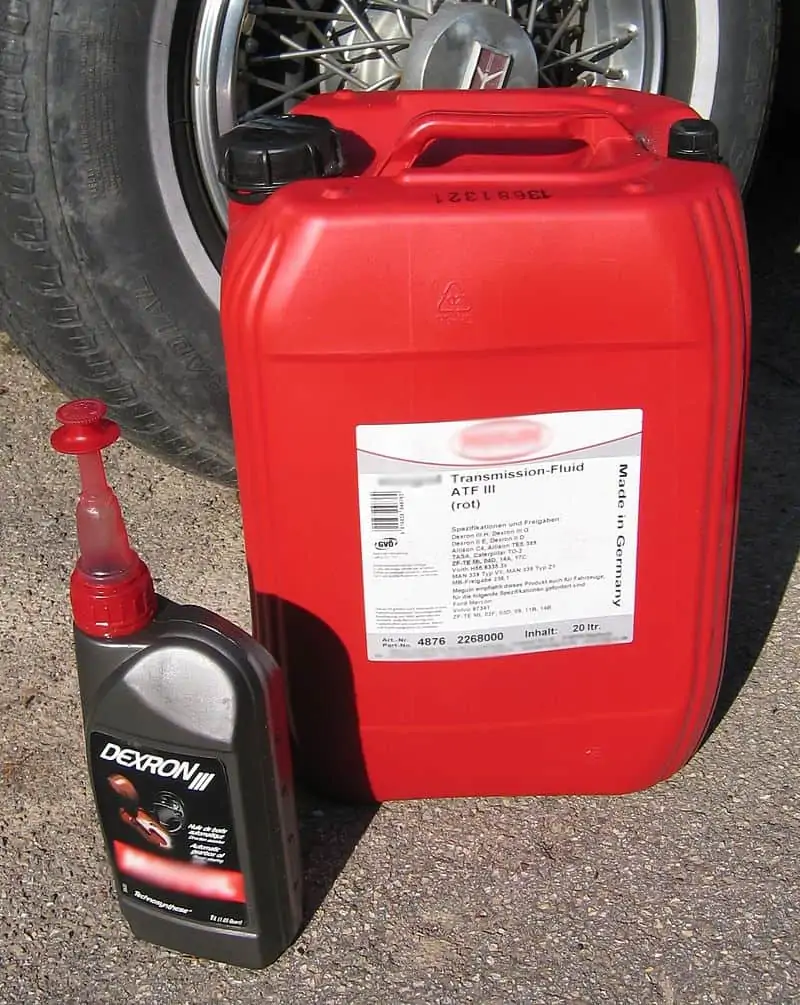
Automatic transmission fluid costs between $5 and $7 per quart, although some cars require up to 16 quarts. Furthermore, to avoid transmission difficulties, many automobiles require a specific ATF type, including unique additives and detergents.
Expect to be in labor for around a half-hour. The transmission cooler lines must be disconnected and connected to the flushing machine by the mechanic.
The fluid exchange is then carried out by the machine. Unless there is a fundamental transmission issue that necessitates repair, this service is usually not covered under warranty.
Transmission fluid changes are frequently more expensive than flushes because the fluid replacement takes more time and effort.
For the filter change, you’ll also need a new pan gasket and a new filter. A transmission fluid replacement at a repair shop might cost you approximately $500.
Is It Worth It to Have Transmission Flushes?
Paying for a gearbox fluid change may not be the most expensive repair task on your car when compared to things like fixing a blown head gasket or rebuilding your fuel injection system. While $200 isn’t cheap, it’s a lot less than a $2,500 repair for a broken cylinder head or anything like that.
Even if a transmission flush is inexpensive, $200 might be better spent on anything else if you don’t need it. Is having your transmission flushed well worth the money?
Your transmission does not require nearly as much maintenance as other systems. You don’t have to replace the fluid-like you would your oil in this case.
However, some mechanics will inform you that it is necessary maintenance, particularly if your transmission slips or grinds sometimes.
A fluid flush is recommended by some mechanics every 100,000 miles or so. It is believed that by doing this operation, your transmission will function as if it were brand new, and your car will not suffer any performance loss. However, this viewpoint is not shared by every mechanic.
Your transmission does not require nearly as much maintenance as other systems. You don’t have to replace the fluid-like you would your oil in this case.
2014 Ford Mercon ULV and ACDelco Dexron-ULV ATF by Hymn62 / CC BY-SA 4.0
However, some mechanics will inform you that it is necessary maintenance, particularly if your transmission slips or grinds sometimes.
When Should a Transmission Flush Be Performed?
This technique should be carried out every 30,000 miles or so. Some service shops recommend that you do it every two years or every 24,000 miles.
You may consult your owner’s handbook or chat with your dealer, but it’s crucial to know your driving patterns and report the matter to a specialist.
Vehicles that are frequently hauled or driven over sand, mud, or other tough terrains may require more frequent maintenance. If you want assistance, get counsel from a trusted service provider.
If you don’t think it’s safe enough, want to save dollars by performing your repair, or your owner’s handbook suggests replacing it instead, you might just want to try changing it significantly more frequently than recommended to keep the engine in a like-new state.
Transmission Fluid Change vs. Transmission Flush
A transmission flush employs professional-grade equipment to remove certain dust and pollutants from either the torque converter or cooler lines, preventing them from creating transmission difficulties.
This procedure involves passing a specific solution down the lines until they are entirely clean, followed by re-filling the system with new fluid.
A transmission fluid change, on the other hand, merely empties it by gravity. This approach does not drain all of the fluid in the system, and it does not clean out pollutants. Most people believe it only consumes between 20% and 40% of the overall amount.
Both oil changes and flushes are designed to improve and increase the lifespan and effectiveness of your vehicle. The purpose of both adjustments and flushes is to enhance and extend the life of the system.
A fluid flush is recommended by some mechanics every 100,000 miles or so. It is believed that by doing this operation, your transmission will function as if it were brand new, and your car will not suffer any performance loss. However, this viewpoint is not shared by every mechanic.
Some mechanics believe that a thorough transmission flush is nothing more than a money grab by unethical mechanics. You will want the services of a qualified transmission expert.
When Should I Flush My Vehicle’s Transmission Fluid?
Unlike the necessity for an oil change, which is mostly determined by the number of miles driven, you’ll know it’s time for a transmission flush if:
- Instead of the normal brilliant red ATF hue, your transmission dipstick shows a dark red or brown fluid. Foreign particles have gathered in your fluid, as shown by the color difference.
- Even after entering the gear, the vehicle does not move; this indicates that the gearbox is sliding or that the fluid level is low.
- A weird noise is heard, or shifting gears feels weird or more difficult, suggesting that the ATF is inefficient or a leak is present.
What Happens If My Transmission Fluid Isn’t Flushed?
While some experts believe that transmission fluid should be replaced every 30,000 miles or so, others believe that fill-for-life fluid may last well over 100,000 miles, but the reality remains that it must be changed sometimes.
Toyota Dexron-III ATF by Hans Haase / CC BY-SA 4.0
Long-term exposure to high heat and pollution can cause transmission fluid to become murky and thick with silt, metal, dirt, and other undesirable things.
This will wear out your transmission, reduce your vehicle’s effectiveness, and make it considerably less reliable. In the worst-case situation, your full transmission may fail, necessitating a complete repair. The cost of fixing your transmission might range from $1,500 to $3,500.
You may spend a few hundred dollars and save several thousand dollars by doing regular maintenance and getting your transmission cleaned as recommended in your owner’s handbook, which is why it’s a smart idea to do it.
It’s the same as not replacing your oil, rotating your tires, or having your brakes examined if they’re making noises if you don’t get your transmission fluid flushed.
If you don’t get your hydraulic fluid flushed at a certain time, you’re putting yourself in danger of catastrophic harm and financial hardship down the line. It’s only natural to do the task. However, you must use caution while selecting when to do it.
If something doesn’t have to be done, there’s no reason to waste time, money, or effort on it. Similarly, you don’t want to hire someone to perform it if they aren’t adequately trained and aren’t utilizing equipment and approach that assures your vehicle’s safety.
Is it Necessary to Have a Transmission Flush?
Any machine’s lifespan depends on routine maintenance. This fact is especially important for vehicles, trucks, and SUVs that travel the roads and byways daily.
While most of us have our engine oil changed, radiators cleaned, and tires rotated, the gearbox flush is a common operation that is sometimes ignored. Many automobile owners wonder if a gearbox flush is required or merely a nice idea.
It’s critical to get your gearbox cleaned every 30,000 to 50,000 miles, especially if you have an automatic transmission. Let’s look at the top four reasons why you should get your transmission fluid drained as soon as possible.
The automatic transmission fluid has to be changed. Some may debate if a transmission flush or fluid replacement is preferable. A gearbox flush is safe and should not cause any issues with your car if performed appropriately. If your automobile has 40,000 miles or more on it, this service is due.
Can I Flush My Transmission?
This is a difficult topic to answer, but it is one that many automobile owners are curious about.
Why not the transmission? You can flush your vehicle’s fluids, so why not the transmission? And, like do-it-yourself auto maintenance, you can flush your transmission fluid, but this isn’t always a smart idea.
Toyota T-IV ATF by Hymn62 / CC BY-SA 4.0
However, the same can be true for any do-it-yourself job. If you aren’t self-assured, the task may not be up to standard and, if done poorly, may cause extra issues.
A transmission flush and fill at a shop can set you back between $149 and $199. However, you can save roughly $100 by doing it yourself. Flushing the old fluid has always been a clumsy and unsightly task.
This is because it is required to lie beneath the automobile, dumping the pan, and then being drenched with liquid. However, there is a new technique to replace your fluid without having to get under the car or spill a drop. It takes less than 30 to 40 minutes for the operation.
You’ll have to figure it out for yourself, of course. This isn’t the same as a full flush, but it will
clean the system more thoroughly than by simply replenishing the old fluid.
How Long Does It Take to Flush a Transmission?
This, too, is dependent on the vehicle and the frequency with which it is driven. A transmission flush should last between 25,000 and 50,000 miles if you use high-quality fluids.
Inquire around at local repair shops if your automobile needs a gearbox flush and you’re not sure where to go or what to do. They will gladly assist you! It’s worth finding out whether there are any savings available for numerous procedures performed at the same time.
Using a professional flushing machine or pump inlet, a competent technician may complete a basic gearbox flush in three to four hours. It takes roughly 30 minutes to change the transmission fluid.
Allow extra time if you’re having other services performed simultaneously, such as a transmission check.
Final Thoughts
To keep your transmission system functioning properly for the life of your car, you must change the transmission fluid regularly. A transmission flush is an excellent way to do so since it ensures that all of the used fluid is removed from the system.
A fluid flush is a very inexpensive procedure, with most service providers charging approximately $300 for it. If your car has more than 40,000 miles on it, you should consider getting a transmission flush, especially if your gearbox isn’t shifting as well as it used to.
Transmission flushes aren’t required every time you change your transmission fluid, but they are more beneficial.
This is because they totally remove all the old fluid, whereas fluid replacements only remove around half of it. As a result, all of the dirty fluid in the torque converter, as well as several of the cooler lines, remains in place and contaminates the fresh fluid.
The old fluid will degrade the fresh fluid’s performance, resulting in a decrease in your vehicle’s performance.

Jim Wicks is the founder of MotorVehicleHQ. With over two decades of experience in the automotive industry and a degree in Automotive Technology, Jim is a certified car expert who has worked in various roles ranging from a mechanic, car dealership manager, to a racing car driver. He has owned more than 20 cars over the past 15 years. Ask him about any vehicle you see on the road and he can tell you the make, model and year. He loves the aesthetics of all things cars, and keeps his vehicles in pristine condition.
In his free time, Jim enjoys getting his hands dirty under the hood of a classic car or taking long drives along the country roads. His favorite car? A 1967 Shelby GT500, a true classic that, according to Jim, “represents the pure essence of American muscle.”
